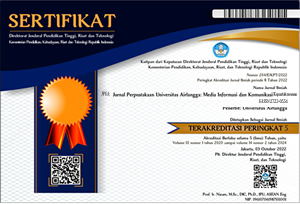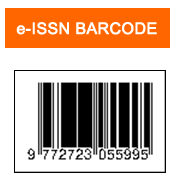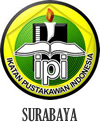Library Organization Issues in The Digital Era (Case Study: Copyright and Plagiarism in The Library Environment)
Downloads
This article describes the issues that occur in library organizations in the digital era. One of them is about plagiarism and copyright. Both are interrelated as a result of technological developments in this digital era. The purpose of this article is to provide an overview to the reader about one of the issues that occur in library organizations and what steps should be taken to avoid this issue. The research method used is literature study, the data obtained from books and journals related to the problems discussed in this article. The focus of this article is on plagiarism and copyright in the library environment. What is the role of libraries in dealing with plagiarism and copyright issues. From this study, the results obtained are that it is known that along with the times, some human activities can be carried out online using information technology networks. The positive impact of this is that information technology is used to disseminate and can easily obtain information instantly, and make it easier to do tasks. However, the negative side is that there is plagiarism against the work of someone who violates the copyright of the work. Based on the results of a literature study of an article, it is known that not a few people commit plagiarism. So, from this research, it can be concluded that one of the most basic preventions to eliminate the negative side is honesty with oneself, and in writing scientific papers, clear sources must be included in order to avoid plagiarism of the paper. In addition, technological advances have created software that can minimize writers from plagiarizing written works.
Copyright (c) 2022 JPUA: Jurnal Perpustakaan Universitas Airlangga: Media Informasi dan Komunikasi Kepustakawanan

This work is licensed under a Creative Commons Attribution-NonCommercial-ShareAlike 4.0 International License.
1. The journal allows the author to hold the copyright of the article without restrictions.2. The journal allows the author(s) to retain publishing rights without restrictions
3. The legal formal aspect of journal publication accessibility refers to Creative Commons Attribution- NonCommercial-ShareAlike: CC BY-NC-SA





















